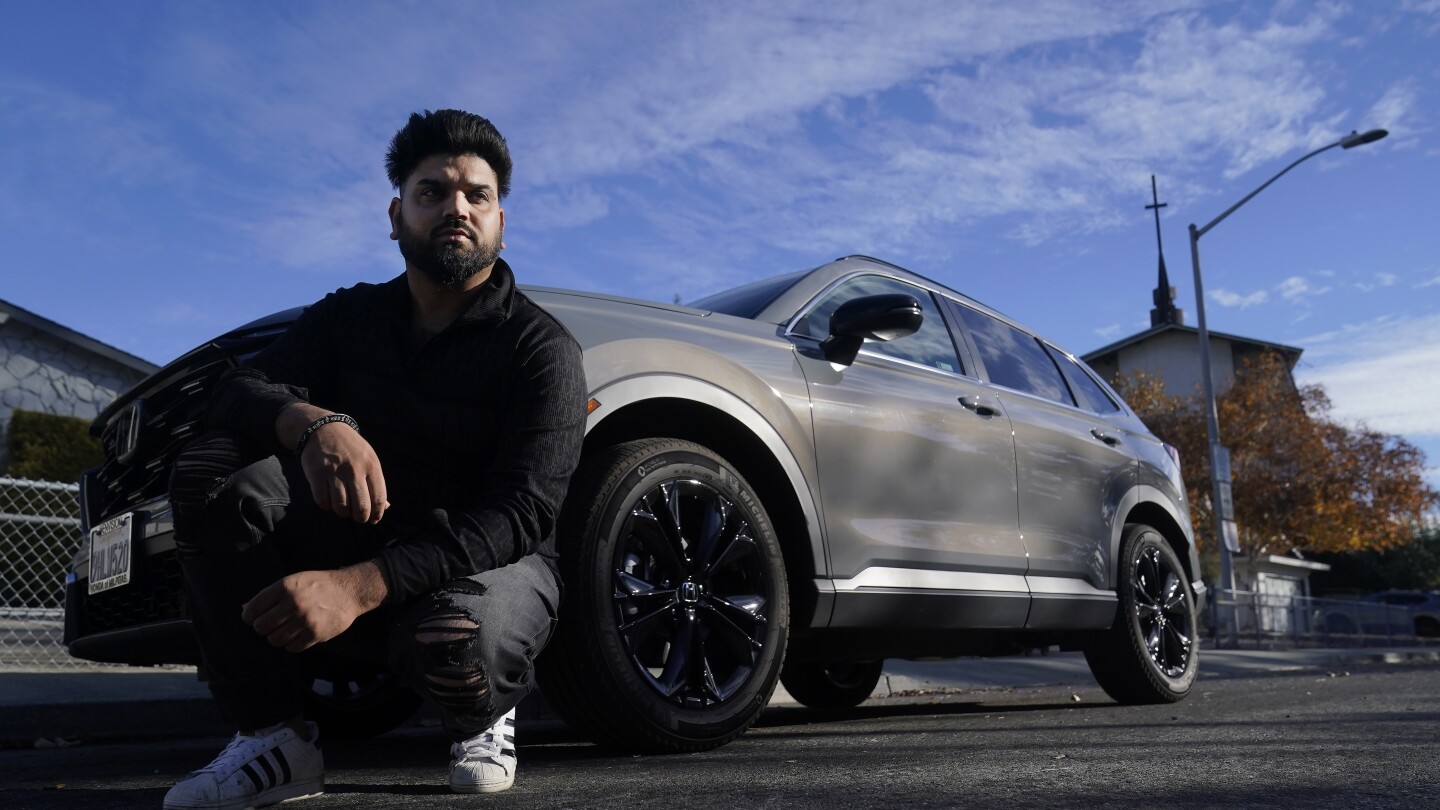America’s automakers have staked their futures on the notion that electric vehicles will dominate sales in the coming years, spurred by buyers determined to reduce carbon emissions and save on fuel.
But so far, while EV sales are growing, their pace is falling well short of the industry’s ambitious timetable for transitioning away from combustion engines. Instead, buyers are increasingly embracing a quarter-century-old technology whose popularity has been surging: The gas-electric hybrid, which alternates from gas to battery power to maximize efficiency.
So far in 2023, Americans have bought a record 1 million-plus hybrids — up 76% from the same period last year, according to Edmunds.com. As recently as last year, purchases had fallen below 2021’s total. This year’s figures don’t even include sales of 148,000 plug-in hybrids, which drive a short distance on battery power before a gas-electric system kicks in.



I’ve had a hybrid, 2013 Fusion, which would get ~40MPG. Now I have a PHEV 2015 Fusion, and with our driving habits, it does ~53MPG overall.
However.
We bought the 2015 with about 36K miles on it, and at that time, the plug-in battery range was about 20 miles. Today, at almost 90K miles, that range is down to 10 or 11. Replacing the battery module (which includes both the PHEV and hybrid batteries, they’re separate components in the electrical system, but come together in one module) is about $10K just for the part. The car is worth less than that today.
My hesitation to buy a fully electric vehicle is because I don’t want to find myself with a car that has half its original range at only 100K miles (say, six or seven years), and would cost more than a used car to repair, or have little resale value. A decent and reasonably maintained ICE car should easily go 160K miles (perhaps a lot more) without having to have a repair on that scale done.
New EVs have a buffer built into the battery so that as it degrades, the extra capacity unlocks and range will stay the same for the length of the warranty period (5-8 years or so). 50% observed capacity loss wouldn’t happen until north of 300k miles I think
I’m sure that because my experience is limited, there’s things I need to learn - but I definitely understand people’s hesitation to jump to an EV in the absence of that knowledge.
I’m hesitant for winter use… If it’s parked outside for several days in the cold without plugging it in, will I be stranded when I return to the vehicle? My understanding is that they often have a heater to keep the batteries warm, but that eats up your range over time. I feel like the technology right now is great for cities and milder climates (which is most people, let’s be fair).
Can I drive 100-200kms, park it, and then leave it for 3-4 days and then still have that 100kms range when I return, even in the winter (-5°C to -15°C being an average day)? I understand my usage is not typical and most of the time an EV would do the trick just fine, I just can’t afford two vehicles…
You’d need an EV with a pretty large battery to drive a total of 200-300kms without charging over a few days in that cold. It would be an expensive model to achieve that.
If that was truly your driving situation, as an avid EV proponent, I’d suggest you not get one. At best, you’d barely manage it. At worst it would end up costing a fortune for tows, additional electric set up (adding a plug at your destination), or tons of hours waiting to charge. It would be an overall shitty experience.
Yeah, I’m really hoping the technology improves in the next decade to the point where EVs are viable for that sort of thing.
I’m in Canada and we’re looking to have all new vehicles sold be zero emission by 2035. Plug-in hybrids with at least an 80km range will count as zero emission though, and that does seem like a perfectly fair compromise that would work for me.
Those aren’t fair comparisons. A tiny battery in a compliance car that has such tiny range where you 0-100% the battery all the time is of course going to degrade much faster.
That car is nearly ten years old though, that’s the maximum expected lifespan of most vehicles before too many parts are failing to make it worth it. That’s no different for ice compared to EV, 10 years/200k miles is about the end of the road for almost all vehicles, the ones that live past that are rare and normally do it due to disuse but plenty of care
US average age of cars is 12.5. Plenty of cars are driven well past 10 years.